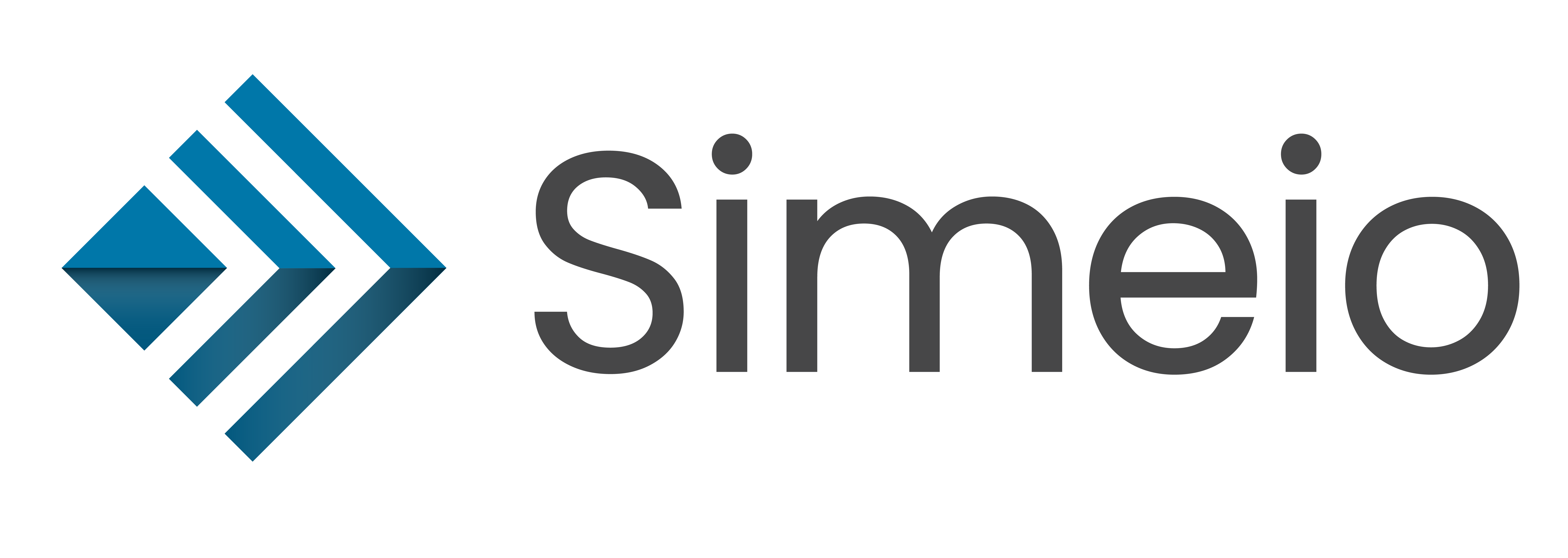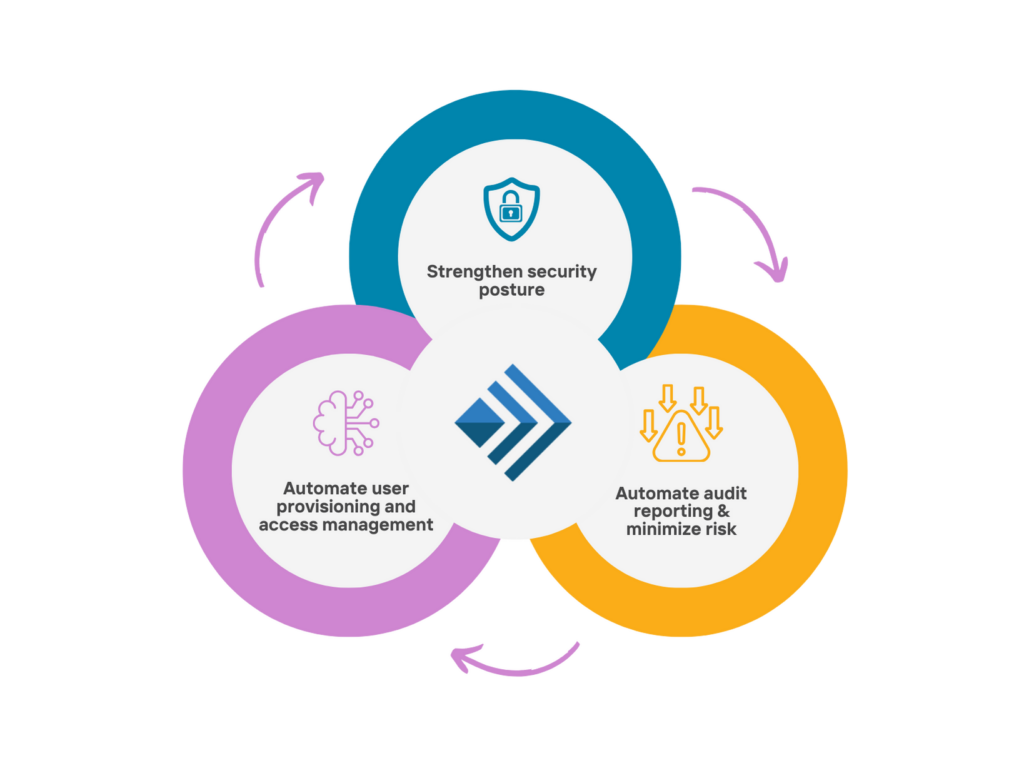
Access Management & Federation
World Password Day – the first Thursday of every May – exists to remind people of the importance of protecting themselves when online by using strong passwords. Cybercriminals grow increasingly bold and sophisticated in their methods. As a result, concerned users are...

Access Management & Federation
An application onboarding service is the cumulative result of people, processes, and technologies working together. The acceleration of digital transformation, brought on by the pandemic, has increased the need for modernized and converged IAM platforms. The...

Access Management & Federation
Authentication is a secure mechanism for accessing systems and applications. Authenticating with passwords is extremely prevalent and has become part of our everyday life, from accessing email to online bank accounts and everything in between. But passwords can be an...





